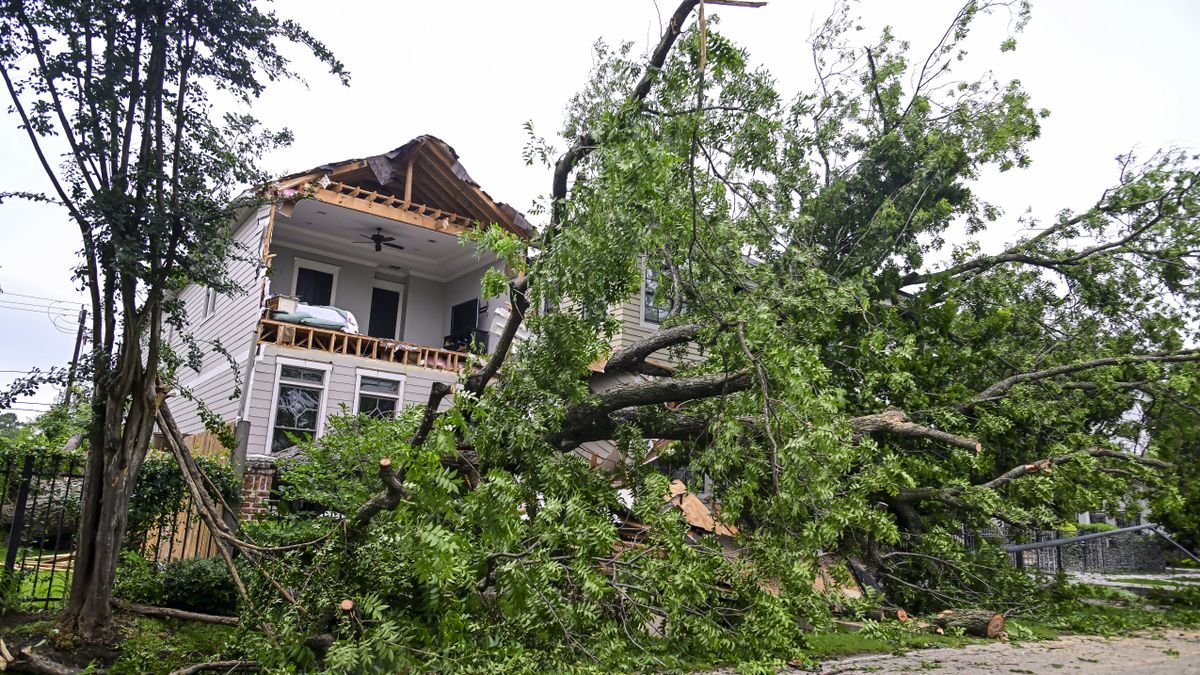When we set off on a car ride, we might not think about the chances of an accident, or any other risks – including the potentially dangerous materials that researchers have found in 99 percent of cabins tested in vehicles manufactured in the US since 2015.
These materials are fitted to meet flame retardant safety standards, but according to the US and Canadian team behind the new study, their inclusion may be causing more harm than good. They’re now asking for a rethink on the inclusion of these substances.
“Our research found that interior materials release harmful chemicals into the cabin air of our cars,” says environmental scientist Rebecca Hoehn from Duke University.
“Considering the average driver spends about an hour in the car every day, this is a significant public health issue.”

In the air of 99 percent of the 101 cars analyzed, the researchers found tris (1-chloro-isopropyl) phosphate, or TCIPP. This flame retardant is also used in furniture and textiles, and is currently under investigation for its possible links to cancer.
In most vehicles they also found tris (1,3-dichloro-2-propyl) phosphate, or TDCIPP, and tris (2-chloroethyl) phosphate, or TCEP. Again, studies have shown that these materials may cause cancer, as well as other damage to the neurological and reproductive systems.
It seems more of these potentially harmful chemicals leak out from car seats and other fittings in warmer weather. The concentrations were 2-5 times higher in the summer compared to winter, according to the researchers.
“It’s particularly concerning for drivers with longer commutes as well as child passengers, who breathe more air pound for pound than adults,” says Hoehn.
As for how dangerous the concentrations of these chemicals in the air are, the simple answer is we don’t know yet.
With the safety questions around these materials though, it’s likely best if they weren’t present at all.
Health and Safety officer Patrick Morrison from the International Association of Fire Fighters says these flame retardants actually make blazes smokier and more toxic, and that the safety regulations behind them – having first been introduced in the 1970s – should be updated as soon as possible.
What’s more, this isn’t the first study to raise flags about the chemicals we’re exposed to whenever we sit inside a car – which for some people is going to be a substantial amount of time every day.
“What’s really needed is reducing the amount of flame retardants being added to cars in the first place,” says Lydia Jahl, an environmental chemist at the Green Science Policy Institute in the US.
“Commuting to work shouldn’t come with a cancer risk, and children shouldn’t breathe in chemicals that can harm their brains on their way to school.”
The research has been published in Environmental Science & Technology.










